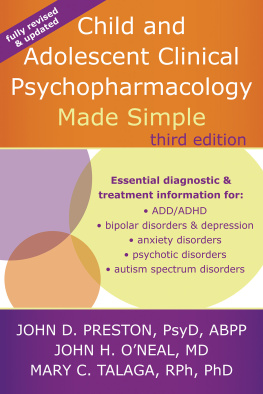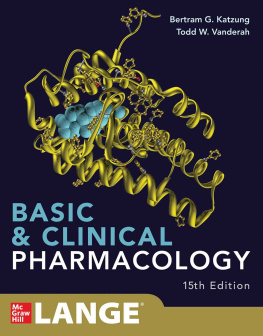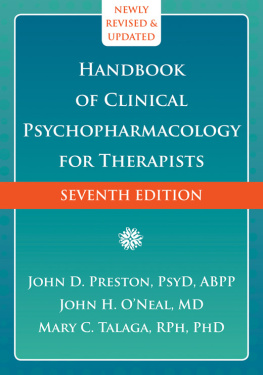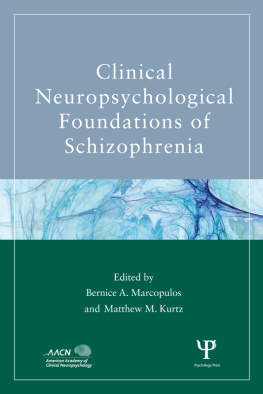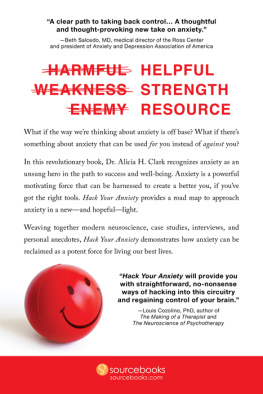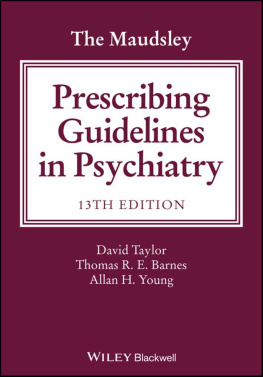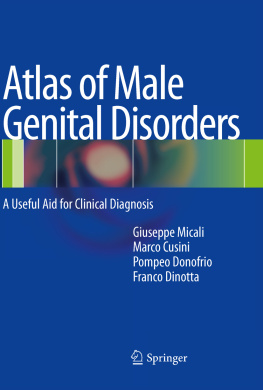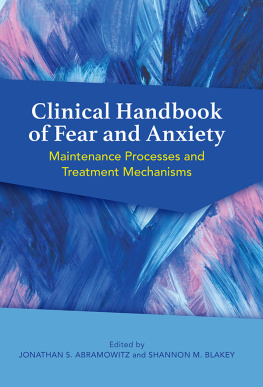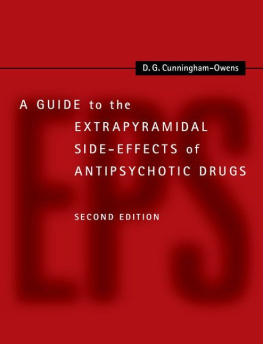Cover
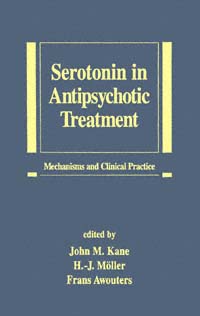
| title | : | Serotonin in Antipsychotic Treatment : Mechanisms and Clinical Practice Medical Psychiatry ; 3 |
| author | : | Kane, John M. |
| publisher | : | Informa Healthcare |
| isbn10 | asin | : | 0824793021 |
| print isbn13 | : | 9780824793029 |
| ebook isbn13 | : | 9780585381510 |
| language | : | English |
| subject | Antipsychotic drugs, Serotonin--Antagonists, Schizophrenia--Chemotherapy, Serotonin--physiology, Receptors, Serotonin--drug effects, Antipsychotic Agents--pharmacology, Psychotic Disorders--drug therapy, Schizophrenia--drug therapy. |
| publication date | : | 1996 |
| lcc | : | RM333.5.S46 1996eb |
| ddc | : | 616.89/18 |
| subject | : | Antipsychotic drugs, Serotonin--Antagonists, Schizophrenia--Chemotherapy, Serotonin--physiology, Receptors, Serotonin--drug effects, Antipsychotic Agents--pharmacology, Psychotic Disorders--drug therapy, Schizophrenia--drug therapy. |
Page null03
Serotonin inAntipsychoticTreatment
Page null04
Medical Psychiatry
Series Editor
William A. Frosch, M.D.
Cornell University Medical College
New York, New York
1. Handbook of Depression and Anxiety: A Biological Approach ,edited by Johan A. den Boer and J. M. Ad Sitsen
2. Anticonvulsants in Mood Disorders , edited by Russell T. Joffeand Joseph R. Calabrese
3. Serotonin in Antipsychotic Treatment: Mechanisms and ClinicalPractice , edited by John M. Kane, H.-J. Mller, and FransAwouters
4. Handbook of Functional Gastrointestinal Disorders, edited byKevin W. Olden
ADDITIONAL VOLUMES IN PREPARATION
Page i
Serotonin inAntipsychoticTreatment
Mechanisms and Clinical Practice
edited by
John M. Kane
Albert Einstein College of Medicine
Bronx, New York
Hillside Hospital
Long Island Jewish Medical Center
Glen Oaks, New York
H.-J. Mller
Psychiatric Hospital
University of Munich
Munich, Germany
Frans Awouters
Janssen Research Foundation
Beerse, Belgium

Page ii
ISBN: 0-8247-9302-1
The publisher offers discounts on this book when ordered in bulk quantities.For more information, write to Special Sales/Professional Marketing at theaddress below.
This book is printed on acid-free paper.
Copyright 1996 by Marcel Dekker, Inc. All Rights Reserved.
Neither this book nor any part may be reproduced or transmitted in any formor by any means, electronic or mechanical, including photocopying, microfilming, and recording, or by any information storage and retrieval system, withoutpermission in writing from the publisher.
Marcel Dekker, Inc.
270 Madison Avenue, New York, New York 10016
Current printing (last digit):
10 9 8 7 6 5 4 3 2 1
PRINTED IN THE UNITED STATES OF AMERICA
Page iii
Introduction
The history of psychiatry is fraught with enthusiasm followed by disillusionment. The linkage by Broca and Wernicke of certain aphasias with specificareas of the brain was heralded by many, including Freud (as witnessed by hisProject for a Scientific Psychology), as evidence that brain physiology and pathology would soon help us understand and treat psychiatric pathology. Psychoanalytical theory and practice played a similar role.
Loewi's proof that nerve impulses were indeed transmitted by a chemical(then dubbed vagus stuff, and later characterized and named acetylcholine) was the harbinger of multiple neurotransmitters to be discovered, characterized, named, and have something of their anatomical and physiologicalroles described. The discovery of the endorphins was thought to be the forerunner to conquering addiction, and dopamine was thought to explain schizophrenia. Many of these discoveries have elicited the same initially enthusiastic,somewhat naive, response, We have the answer. Perhaps in part, but certainly not yet. While each of these contributions contains at least a kernel oftruth, they each continue to require revision, refinement, and integration withother viewpoints of the complexity of mind-brain function.
Serotonin in Antipsychotic Treatment. Mechanisms and Clinical Practice modifies our naivet as well as stimulates our enthusiasm. The editors andcontributors provide us with a balanced view of the shortcomings of a purely
Page iv
dopaminergic view of Bleuler's group of schizophrenias, as well as expandour horizons as we grope toward understanding. Unfortunately, when we studyschizophrenia, we are studying a dirty disease in the sense that it is undoubtedlythe final common expression of many pathologies. In addition, the drugs weuse for treatment are dirty drugs; they have multiple effects on multiple systems. The observation that chlorpromazine and other early neuroleptics allproduced extrapyramidal side effects led people to think that these were necessarily linked to the therapeutic response, and they were used in part in thescreening for new compounds. This all reinforced the central role of dopaminein our theories of schizophrenia.
The discovery of clozapine, as noted in Chapter 2 of this volume, has forever altered the conventional wisdom that held all antipsychotics to be equallyefficacious and uniformly neurotoxic. The discovery of agents that are effective in the treatment of schizophrenia and that also have important effects onneurotransmitters other than dopamine has further widened both our understanding of the complexities of and our search for more effective and lessdamaging treatments. Risperidone is one of a now rapidly expanding group ofnovel and effective neuroleptics that can be characterized by their significanteffect on serotonergic mechanisms. In this volume it serves as a model for theexpansion of our understanding of the pathophysiology and treatment of schizophrenia. We must, however, guard against premature and simplistic explanations; we are merely on the road toward understanding.
William A. Frosch
Page v
Preface
In the four decades since the introduction of chlorpromazine into clinical practice, antipsychotic medications have been the mainstay in both the acute andlong-term treatment of schizophrenia. Enormous research efforts have focused on understanding the mechanism of action of antipsychotic drugs inorder to develop more effective and less toxic agents, as well as to shed furtherlight on the etiology and pathophysiology of schizophrenia and other psychoticdisorders.
The dopamine receptor antagonist effects of effective antipsychotic agentsfocused attention primarily on dopaminergic systems. However, there havelong been strong currents of data implicating other neurotransmitter systemsin psychotic disorders and antipsychotic drug effects. A number of events inrecent years have helped to further efforts to explore other systems, particularly advances in molecular biology, which have helped to identify receptorsubtypes in a variety of familiesdopamine, serotonin, etc. In addition, thereintroduction of clozapine and the introduction of risperidone have helpedto stimulate new research on combined receptor effects.
Next page

